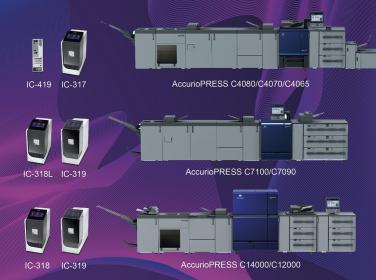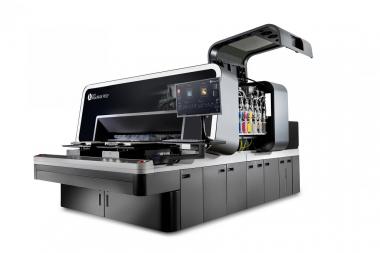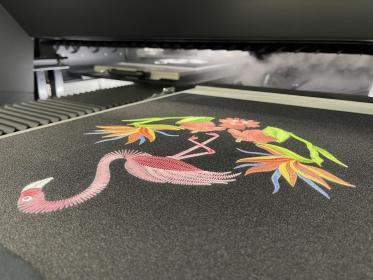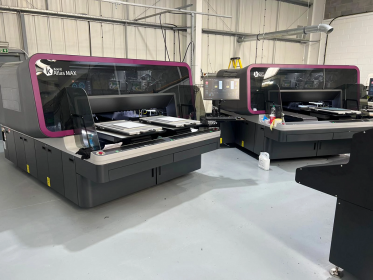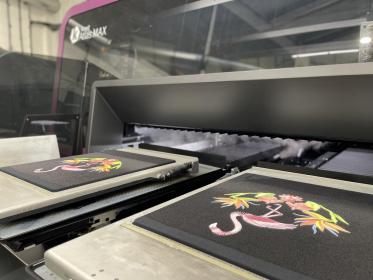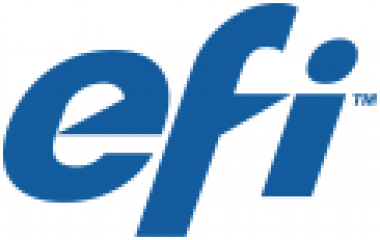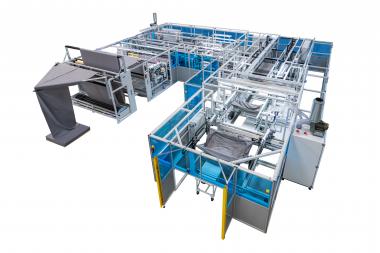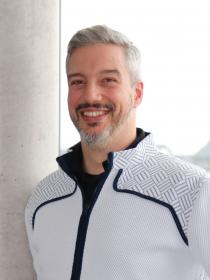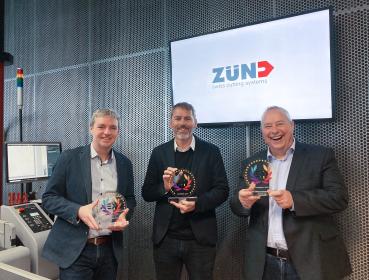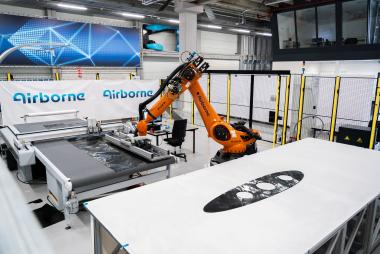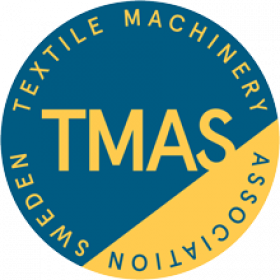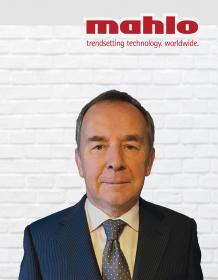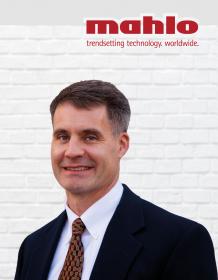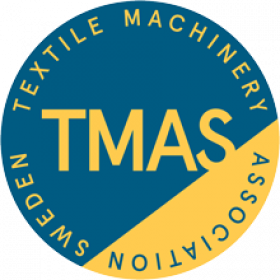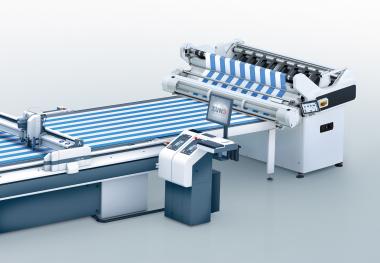Konica Minolta and EFI Fiery New Launch
- Konica Minolta First to Launch Presses with EFI Fiery FS500 Pro Software and New Hardware
- Five new Fiery servers reduce job prep time while helping to ensure colour accuracy and higher overall throughput
Electronics For Imaging, Inc. and Konica Minolta Business Solutions Europe GmbH (Konica Minolta) have announced a continuation of their long-term partnership with the release of five new EFI™ Fiery® digital front ends (DFEs) based on the newest Fiery platform, Fiery FS500 Pro.
The new solutions EFI and Konica Minolta are announcing include:
· EFI Fiery IC-319 and IC-318 v2 DFEs that will drive the Konica Minolta AccurioPress C14000/C12000 colour production presses for the high-end production printing market
· EFI Fiery IC-319 and IC-318L v2 DFEs that will drive the Konica Minolta AccurioPress C7100/C7090 light-production colour presses
· EFI Fiery IC-317 and IC-419 v2 DFEs that will drive the Konica Minolta AccurioPress C4080/C4070 and AccurioPrint C4065 printers.
“With these new EFI Fiery DFEs, we continue to extend the range of what AccurioPress users can achieve,” said Olaf Lorenz, General Manager DX Branding Division Konica Minolta, Inc. “We are pleased to be the first to bring these powerful new DFE solutions into our portfolio as they bring more competitive capabilities to Konica Minolta’s digital printing portfolio.”
EFI Fiery FS500 Pro servers offer a higher value proposition
“The Fiery FS500 Pro new platform offers advanced speed, higher automation and more capability than other digital front ends,” said John Henze, vice president of sales and marketing, EFI Fiery. “Intelligent automation solutions in these new EFI Fiery DFEs also save customers labour cost and time by minimising the need for manual inspection of print jobs, improving automated u management, and eliminating the need to print a test file to determine where to place finishing lines.
“All this decreases cycle time and increases customers’ profit opportunities, while ensuring that they can delight their clients with printing that gets completed accurately and quickly. Reducing the time prepress and press operators must spend on these repetitive tasks also helps print business owners make staff more efficient, offsetting the difficulties they have hiring and retaining talent in today’s labour-constrained economy.”
EFI GmbH


